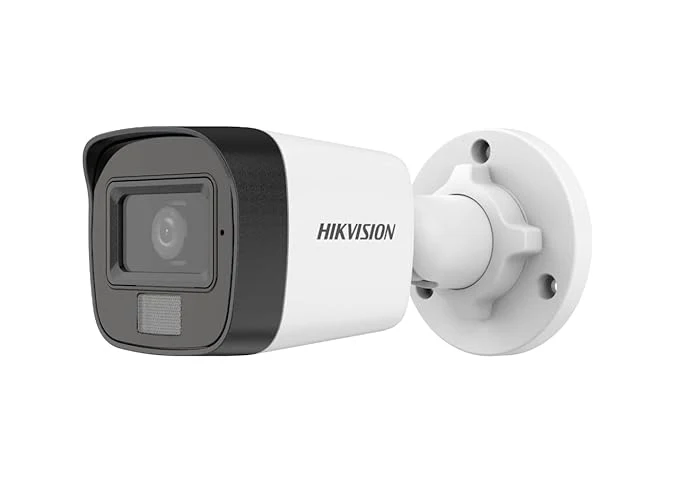Understanding Motion Detection
Motion detection in CCTV systems is a technology designed to identify changes in the position of objects within the camera’s field of view. When movement is detected, the system can trigger various responses, such as recording video, sending alerts, or activating alarms. This capability enhances security by ensuring that only relevant activities are captured, reducing storage requirements and making it easier to review important footage.
How It Works
- Image Analysis: The system continuously analyzes the video feed, comparing consecutive frames to detect any differences. If a significant change in the pixels between frames is identified, it is interpreted as motion.
- Infrared Sensors: Some advanced CCTV systems use infrared (IR) sensors to detect motion. These sensors are sensitive to heat and can detect the movement of warm objects, such as people or animals, even in low-light conditions.
- Video Analytics: Modern systems may incorporate sophisticated video analytics software that can distinguish between different types of motion. For example, they can differentiate between the movement of a tree branch in the wind and a person walking.
- Dual Detection Technology: To reduce false alarms, some systems combine multiple detection methods. For instance, a system might use both image analysis and IR sensors to confirm motion before triggering an alert.
Customizing Motion Detection
CCTV systems often come with customizable motion detection settings to cater to specific security needs. Here’s how you can tailor these settings:
- Sensitivity Adjustment: Users can adjust the sensitivity of the motion detection. High sensitivity means the system will detect even the slightest movement, while low sensitivity will ignore minor changes and only react to more significant movements.
- Zone Setup: You can define specific areas within the camera’s field of view where motion detection should be active. This is particularly useful for ignoring irrelevant areas, such as busy streets or moving trees, while focusing on crucial zones like entry points or restricted areas.
- Schedule Configuration: Motion detection can be scheduled to be active only during certain times of the day. For example, you might want motion detection enabled only during non-business hours or at night.
- Object Size Filtering: Advanced systems allow users to set parameters for the size of objects that should trigger alerts. This helps in filtering out small animals or other insignificant movements that do not pose a security threat.
- Notification Preferences: You can customize how you receive alerts when motion is detected. Options include push notifications to your smartphone, email alerts, or direct integration with a monitoring service.
Benefits of Customization
Customizing motion detection in your CCTV system provides several benefits:
- Reduced False Alarms: By fine-tuning sensitivity and zones, you can significantly reduce the number of false alarms, ensuring that you are only alerted to genuine security threats.
- Efficient Monitoring: Customization allows for more efficient monitoring by focusing on critical areas and ignoring less important ones.
- Resource Management: Tailoring motion detection helps manage storage resources more effectively by recording only relevant footage, thereby saving on storage costs.
- Enhanced Security: Customized settings ensure that the system is optimized for your specific environment, providing a higher level of security.
In conclusion, motion detection is a crucial feature of modern CCTV systems that enhances security through continuous monitoring and timely alerts. With extensive customization options, you can tailor the system to meet your specific needs, ensuring efficient and effective surveillance.






Comments